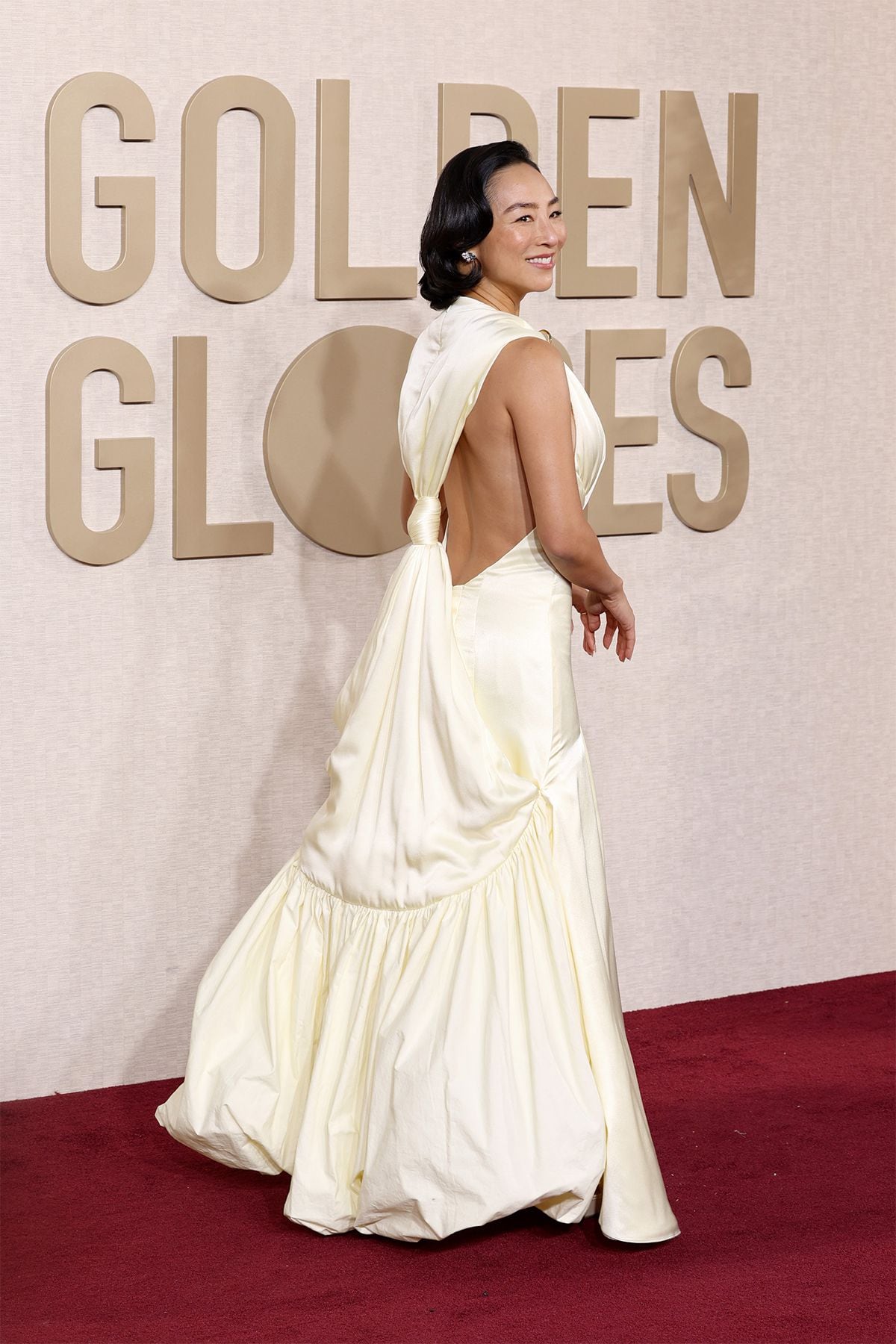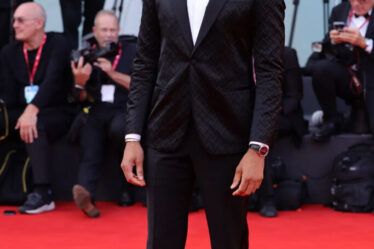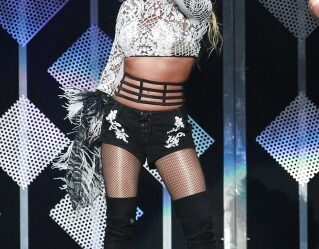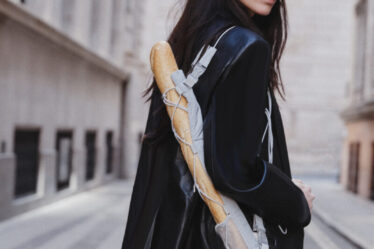
When the nominees and other assorted A-listers stride down the (thankfully, once again) red carpet at the Oscars on Sunday, many, if not most looks will be the product of careful negotiations between brands, agents, stylists and stars, with millions of dollars changing hands.
This is no secret, of course. Red carpet dressing has been big business going back to the 1990s. But it has swallowed up an ever-greater share of luxury brands’ marketing budgets in recent years. That’s partly down to the brands themselves getting bigger, which means they have more to spend, but also need more and more attention on their celebrity ambassadors to meaningfully move the sales needle. The decline of print and television advertising has also narrowed the options for where to stage a big moment (former BoF correspondent Lauren Sherman has an excellent rundown of how this all works on Puck’s The Town podcast).
Believe it or not, there is, in fact, a limit to how big the red carpet can get before the costs start to outweigh the benefits. And it’s possible we’ll look back on this year’s awards season as the moment we hit that threshold.
The most obvious reason is that, Miu Miu aside, most luxury brands aren’t growing sales by 80 percent annually anymore. The beancounters hold more sway when a label is no longer printing cash, and an obvious money pit like celebrity dressing is one place to cut costs.
Some caveats: we’re mostly talking about spending caps rather than a dramatic pullback, as after two-plus decades, few brands can afford not to play the game anymore. Any cuts apply mainly to lesser events rather than the Oscars, which is second only to the Met Gala in terms of media impact. The biggest brands, such as Chanel and Dior, aren’t hurting for cash, and having the biggest actors locked down is a key way they maintain their lead. Red carpet dressing is also integral to labels like Versace and Armani.
But for small and mid-sized brands, and struggling larger labels, some strategic adjustments may be necessary. Fortunately, there are ways to play the red carpet game without a Chanel-sized budget. Loewe has run neck-and-neck with the likes of Prada and Louis Vuitton in terms of social media buzz at some pre-Oscar events, according to data from TribeDynamics. The brand has focused its efforts on up-and-coming actresses like Greta Lee, social media favourites like Aubrey Plaza (whose Emmys dress featuring a giant pin made the rounds on Instagram) and tabloid fixtures like Taylor Russell (the Canadian actress, who is dating Harry Styles, wore a backless Loewe dress to the BAFTAs).
Menswear is another budget-friendly option. It’s rare for a man to crack the list of most-talked-about looks on social, according to a Launchmetrics analysis of this year’s awards shows (Pedro Pascal being the exception that proved the rule, several times over). But Off-White, fresh off the Super Bowl, scored a minor hit with its powder-pink tux for “The Color Purple” nominee Colman Domingo at the Screen Actors Guild Awards. Burberry’s big pre-Oscar announcement was that it’s signed Barry Keoghan as an ambassador; the “Saltburn” star isn’t nominated for anything, but is widely seen as a next big thing in Hollywood, and has been getting plenty of attention for his unconventional red carpet looks this year.
If you’re looking for real proof the red carpet economy has maxed out though, look no further than this column, or the many like it you’ll find in competing publications. As any mob wife or coastal grandma will tell you, nothing says a trend has peaked like saturation media coverage.
Robert Williams contributed to this article.
The Week Ahead wants to hear from you! Send tips, suggestions, complaints and compliments to brian.baskin@businessoffashion.com.



